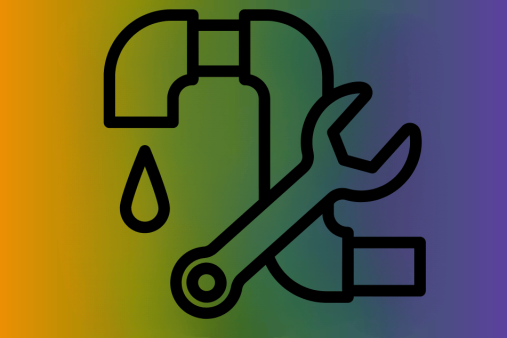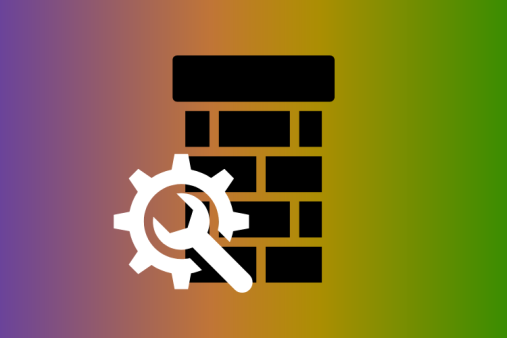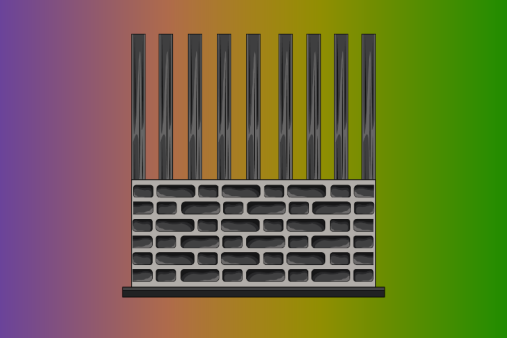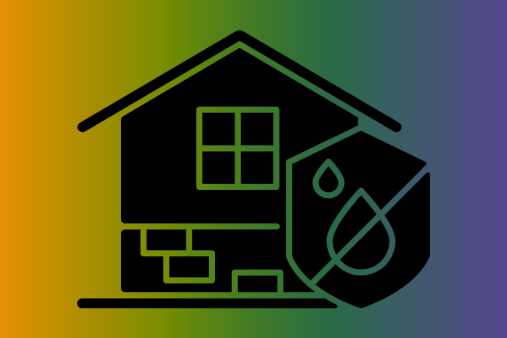Hiring Builders For Renovation and Reconfiguration Projects
More and more people in the UK are choosing to renovate homes for two main reasons: renovate for profit or renovate their home instead of moving. Renovations and reconfigurations are not just for property developers but also for many homeowners who can buy cheap homes, renovate them and then sell it for a profit.
If you are looking to renovate for profit, then there are a few important points to consider making sure that you do not run out of money. Firstly, you can tell a lot from a house by how long it has been up for sale as more than likely the longer it is on the market the less likely it is that you will make a sizeable profit. Sometimes a renovation can throw many curveballs your way due to unforeseen problems that arise as you renovate so it is good to be prepared for anything. If this is your first project, then you should pick a simple property that will start you off; don’t bite off more than you can chew! Lastly make good use of the planning stage whether that is seeking professional advice, laying plans and collecting quotes early on or finding contractors such as electricians, roofers etc. so that you know what you will need to spend and when the renovation will be completed.
Employing a Builder
Before you start your renovation, it is important to know what work needs to be done so that when you are collecting quotes, they are tailored to the specification of your renovation. This ensures that the quotes you receive are accurate and it can detail the arrangements of the renovation including cost, payment terms, timescales, insurance and guarantees. For a renovation to run smoothly, it is important to have good communication and a professional working relationship so that if any problems arise, it can be dealt with in a simple and quick manner.
Home Renovations- How much does it cost?
Depending on the renovation, the cost can vary due to the things that need to be done. For rewiring services, you will be looking at around £2,500-£3,000 for two electricians over a period of five days, central heating installation will cost around £2,500-£5,000 and will take a plumber up to ten days to complete. If you are adding an extra bathroom upstairs, then labouring costs will be around £800-£1,000 plus around £350 for a basic white bathroom set. Installing a brand-new kitchen can cost in excess of £3,500, replacing a collapsed ceiling can cost up to £500 per room and replacing double glazed windows will cost £350 per window which will also include fitting costs.
What are the Common Mistakes and Problems that come with Renovation Projects?
Renovations take a lot of planning to make sure that everything goes to plan, but you never know what you could encounter when you start renovating. Renovating a property is a time consuming and stressful process so, if you are not planning to live in the house once renovated, then you should ensure that you will be able to resell it for a profit or at the very least, cover the renovation costs.
Although a property may look great on the surface, you should never buy without firstly carrying out a survey. The survey can bring to light many unexpected problems such as damp, rot and many structural effects which will cost you more money and problems in the long run. Through a Chartered Building Surveyor, you can attain many details of the property from the type of construction, materials used to any defects in which they will be able to give you some rough figures on how much it will cost to repair.
How much you spend is the most important part of a renovation as you may underestimate how much you are spending. This can come from a variety of things from unexpected problems that arise when you start renovating to most likely, forgetting to add items to the budget.
Finally, it is wise to seek advise from your local authority in case you may need planning permission or Building Regulations approval before you start the renovation project.








